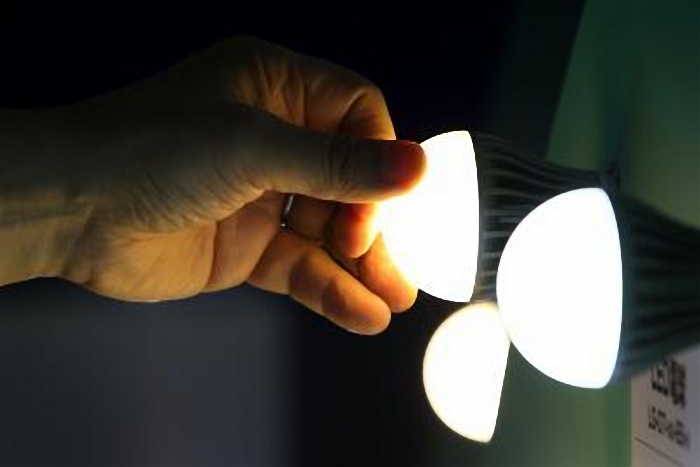A brief introduction about LED lights
23-11-2013
LED lights do not require standard bulb shapes to work efficiently; however, this shape allows LED lights to replace bulbs in typical residential lamps.
Energy efficiency is all the rage with good reason. Energy-efficient lighting choices lower utility bills and lessen the burden on nonrenewable energy sources, which account for 89 percent of energy production in the U.S. LED lights, the most efficient lights on the market, are starting to appear alongside incandescent and compact fluorescent bulbs in hardware and home-goods stores. They are, however, a mystery to many, as their inner workings are quite a bit different from halogen bulbs.
Definition
LED stands for "light emitting diode." A diode is an electrical component with two terminals which conduct the electricity only in one direction. With an electrical current, the diode emits a bright light around the small bulb. Typically, diodes have been used in many technologies such as radios, televisions and computers as an electrical component for conduction.
How They Work
Connecting a diode to an electrical current excites the electrons within the diode, making them release photons, which we see as light. The color of the light is a direct result of the energy gap in the semiconductor of the diode. This means that LED lights produce a spectrum of colors easily and brightly while using very little electricity to do so.
Importance
In the search for energy-efficient lighting, LED lights have proven to be the most efficient bulbs available. Energy Star--rated LED lights use at least 75 percent less energy than traditional incandescent bulbs and last 25 times longer, according to the U.S. Department of Energy. LED lights even outdo CFL (compact fluorescent lighting) bulbs in efficiency, primarily because they have twice the lifespan of CFLs. LEDs are more efficient than both incandescents and CFLs because they emit light in a targeted direction --- instead of scattering it in all directions --- and they dont require or emit great amounts of heat. Incandescents and CFLs release most of their energy as heat --- 90 percent and 80 percent, respectively.
Considerations
The biggest problem for consumers when purchasing LED lights for residential lighting is the upfront cost. Depending upon the size and brand of the bulb, LED lights can cost two to six times the price of CFLs. When replacing bulbs for multiple lighting fixtures, the idea of spending hundreds of dollars on bulbs deters many potential customers. However, LED lights production is not only improving but increasing, which will mean greater affordability for consumers in the near future.


